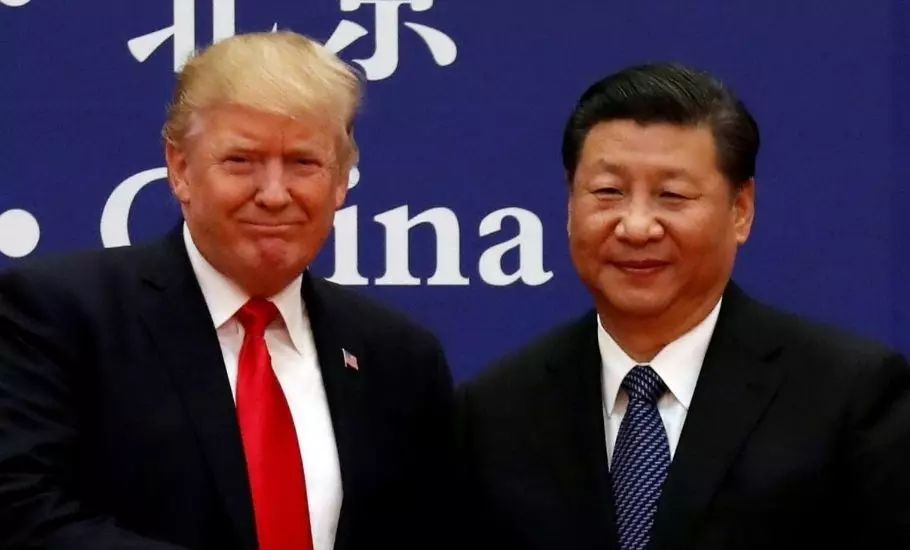
China halts US soybean imports for first time since 2018 amid trade tensions
As tariffs make US cargoes unviable, China turns to Brazil and Argentina for record soybean shipments, raising fears of losses for US farmers and a potential supply gap early next year

China imported no soybeans from the United States in September, marking the first time since November 2018 that American shipments fell to zero. Instead, the country sharply increased purchases from South America, as the ongoing US–China trade dispute and high import tariffs made American cargoes uncompetitive, said a Reuters report.
Also read | Trump says tariffs on China ‘not sustainable’, blames Beijing ahead of Xi Meet
According to data released on Monday by the General Administration of Customs, China imported 12.87 million metric tons of soybeans in September, the second-highest monthly total on record. Of this, 85.2% came from Brazil, with arrivals jumping nearly 30% year-on-year to 10.96 million tonnes, while imports from Argentina surged 91.5% to 1.17 million tonnes, or about 9% of the total.
Tariffs choke US imports
Imports from the US, which had reached 1.7 million tonnes a year earlier, dropped to zero. Analysts attributed this to China’s tariffs on American soybeans and the fact that previously harvested US supplies, known as old-crop beans, have already been traded.
“This is mainly due to tariffs,” said Wan Chengzhi, analyst at Capital Jingdu Futures. “In a typical year, some old-crop beans would still enter the market.”
China, the world’s largest soybean importer, has not purchased any new US cargoes from the 2025 harvest, with buyers instead securing supplies through November from Brazil and Argentina, aided by Argentina’s temporary export tax holiday.
Talks revive trade hopes
Without a breakthrough in trade talks, US farmers risk losing billions as Chinese crushers continue sourcing from South America. However, analysts warn that China may face a supply gap early next year before Brazil’s new crop becomes available.
“A shortage could emerge between February and April if there’s no trade deal in place,” said Johnny Xiang, founder of Beijing-based AgRadar Consulting. “Brazil has already shipped a huge volume, and no one knows how much old-crop stock remains.”
Also read | China warns US of ‘firm countermeasures’ over Russian oil trade sanctions
Trade negotiations between Beijing and Washington appear to be gaining momentum once again after weeks of tariff threats and export controls, with US President Donald Trump expressing optimism on Sunday that a soybean deal could soon be reached.

